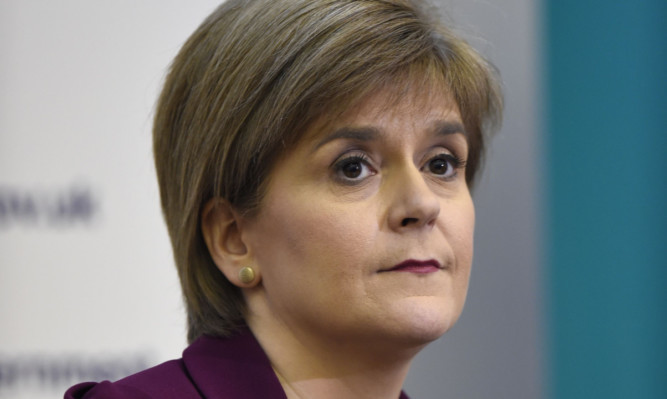Scotland’s overall deficit is falling and the country continues to pay more into the UK economy than the UK average, the First Minister has said.
Nicola Sturgeon launched the latest Government Expenditure & Revenue Scotland (GERS) publication at Heriot-Watt University in Edinburgh.
The publication sets out what revenues were raised in Scotland, how much it paid for the full range of public services that were consumed and to what extent the revenues raised cover the costs of these public services.
The figures showed that Scotland’s deficit, including oil revenue, was £12.4 billion in 2013/14, or 8.1% of GDP, compared to 5.6% of GDP for the whole of the UK.
Ms Sturgeon said: “The document confirms some key facts about the Scottish economy.
“Firstly, it confirms that Scotland continues to pay more in revenues per head to the Treasury than the rest of the UK.
“In 2013/14 that was £400 more than the UK average, making that the 34th year in a row that that has been the case.
“Secondly, they confirm that our overall deficit is falling.
“From 2012/13 to 2013/14 the net fiscal balance fell from 9.7% to 8.1% of GDP – or from £14.3 billion to £12.4 billion.
“That reduction in the overall deficit is despite lower oil revenues, which are the result of higher levels of capital investment in the year that we are looking at.
“Thirdly, the figures show that for the first time the position of Scotland compared to other parts of the UK, and show that we pay more in revenues per head than any other part of the UK with the exception of London, the South East and East of England.”
